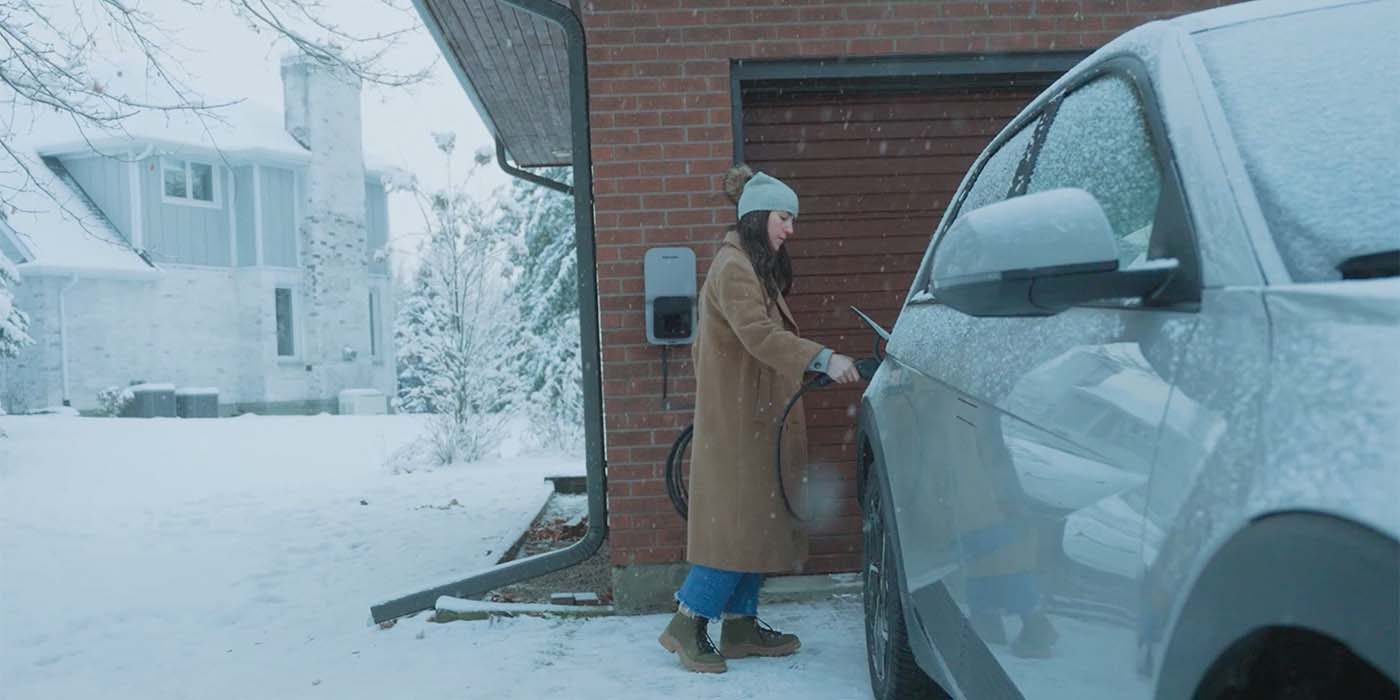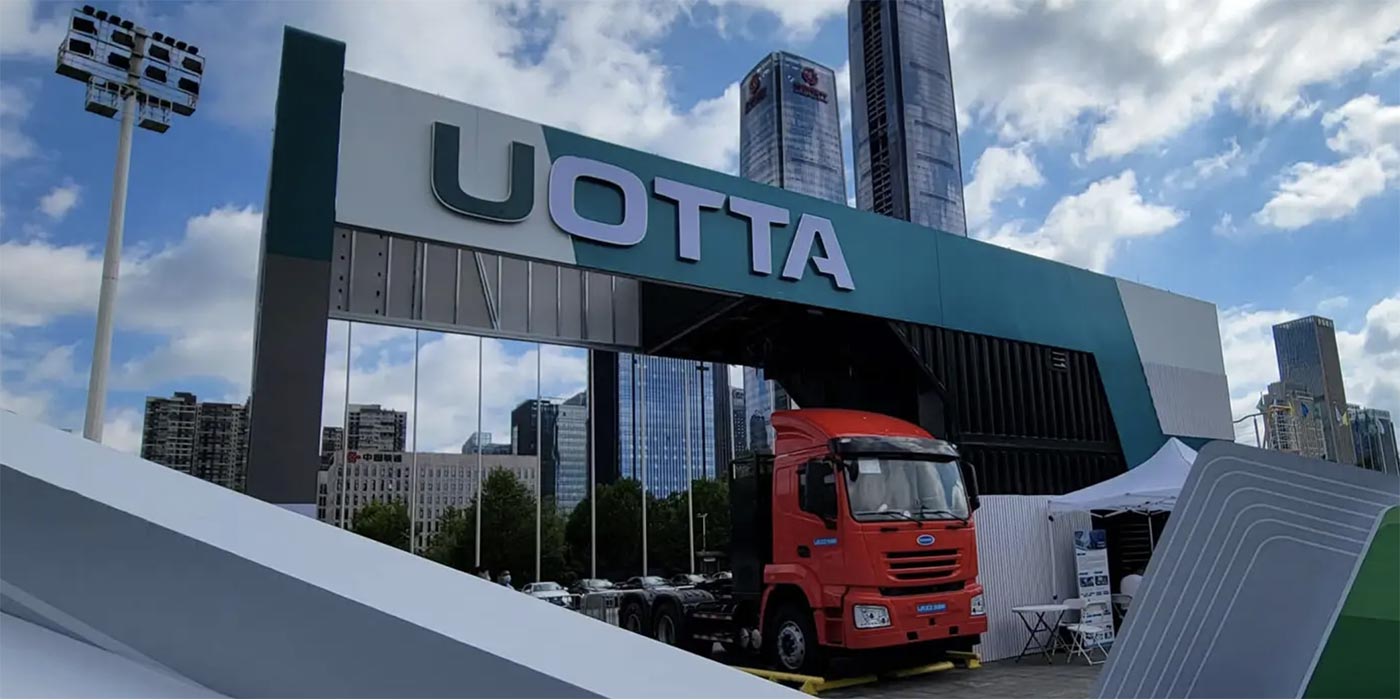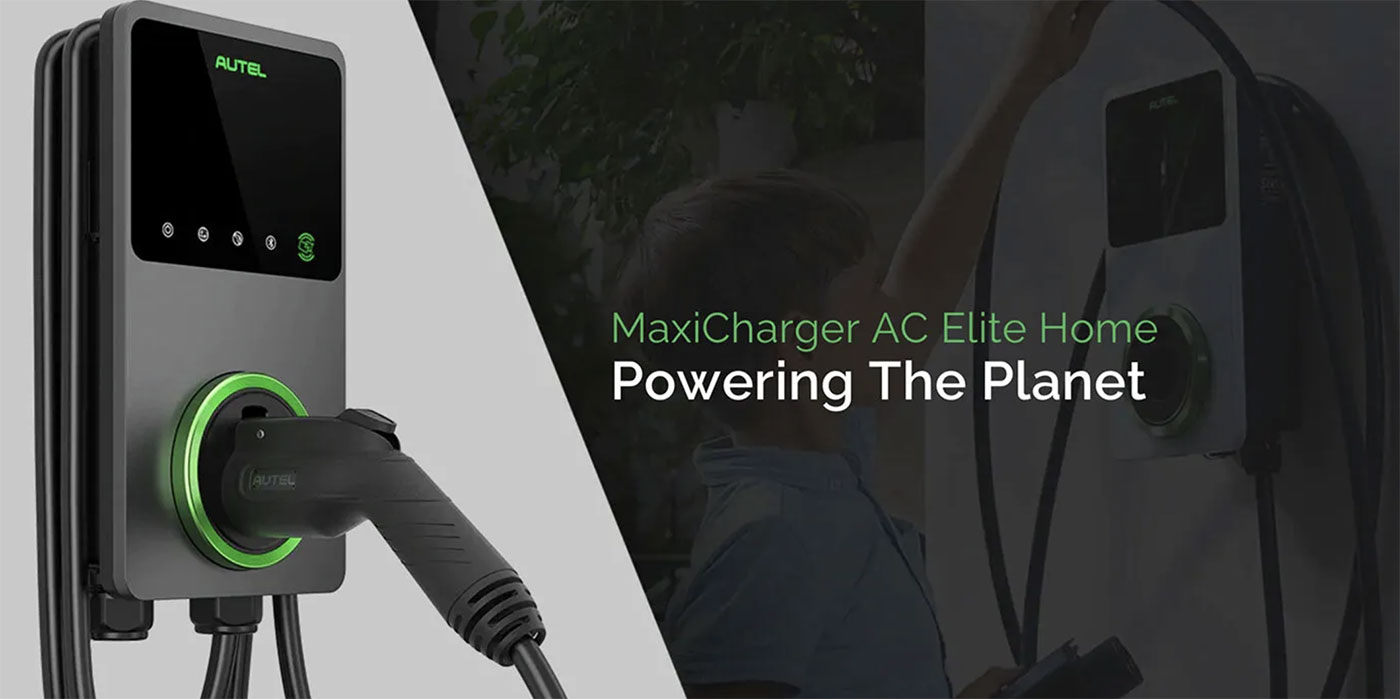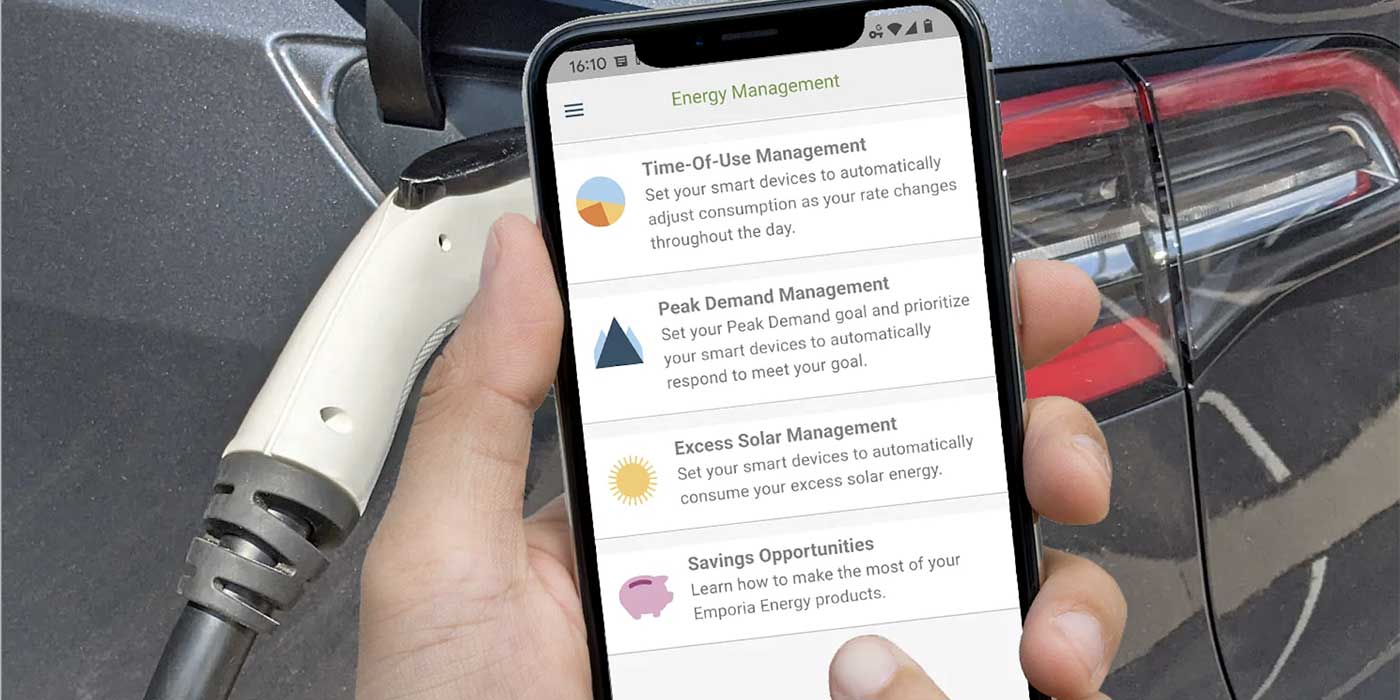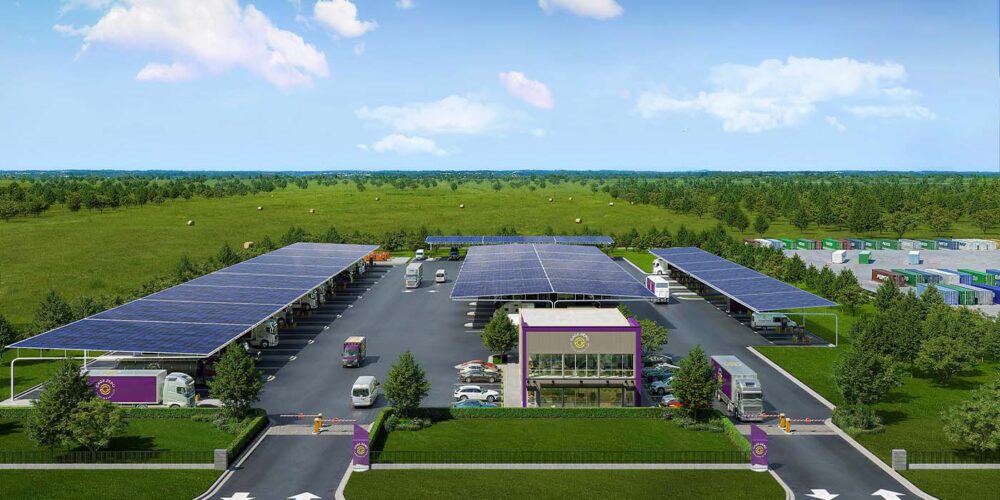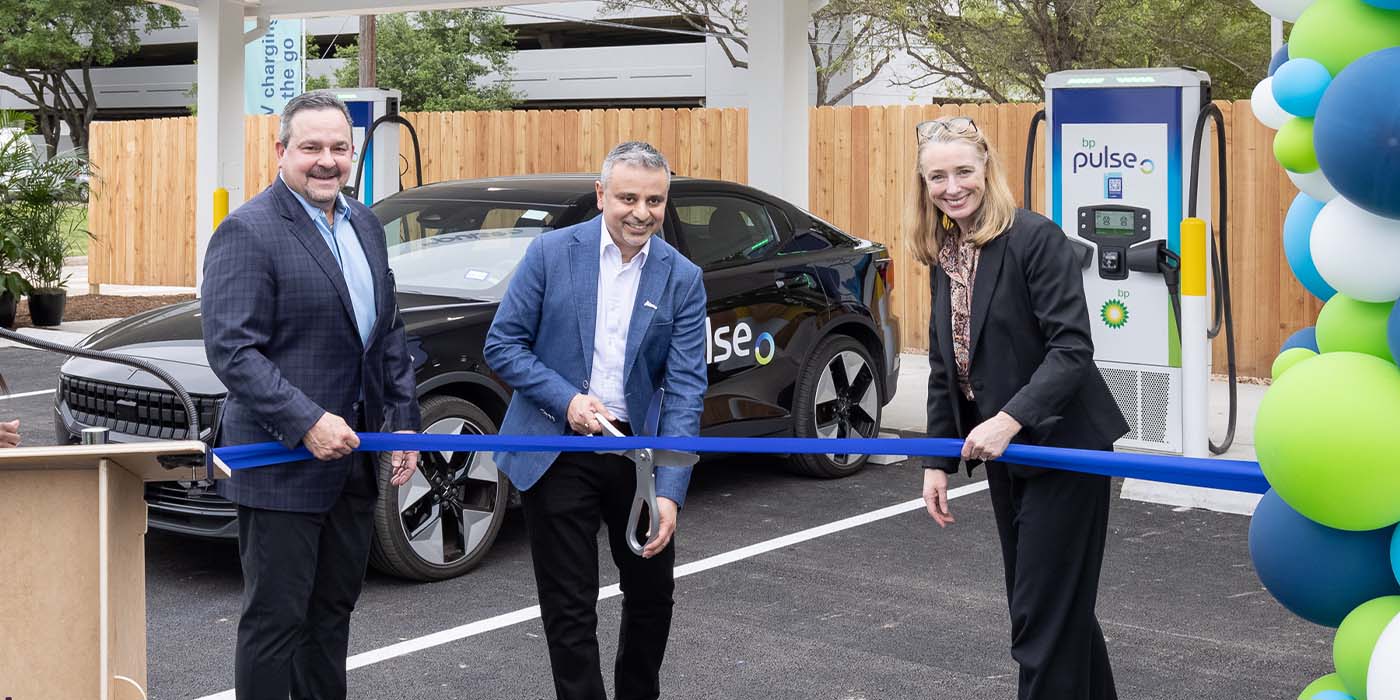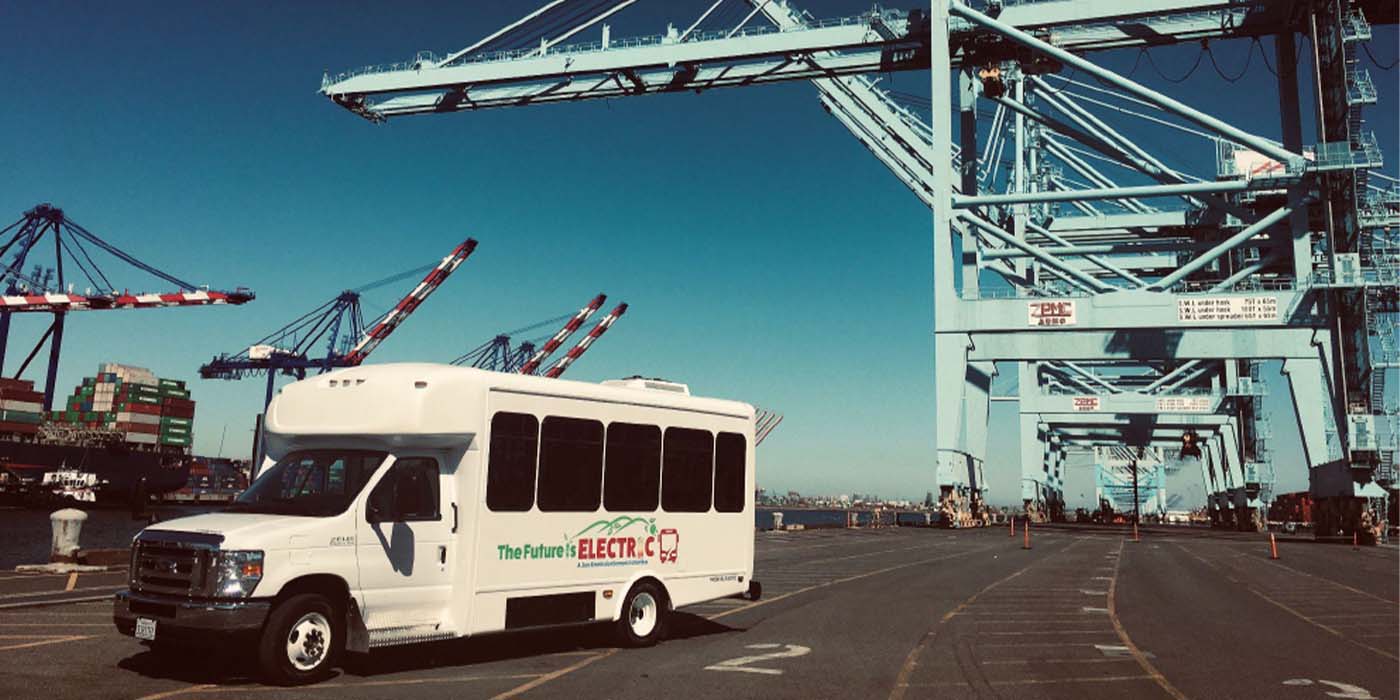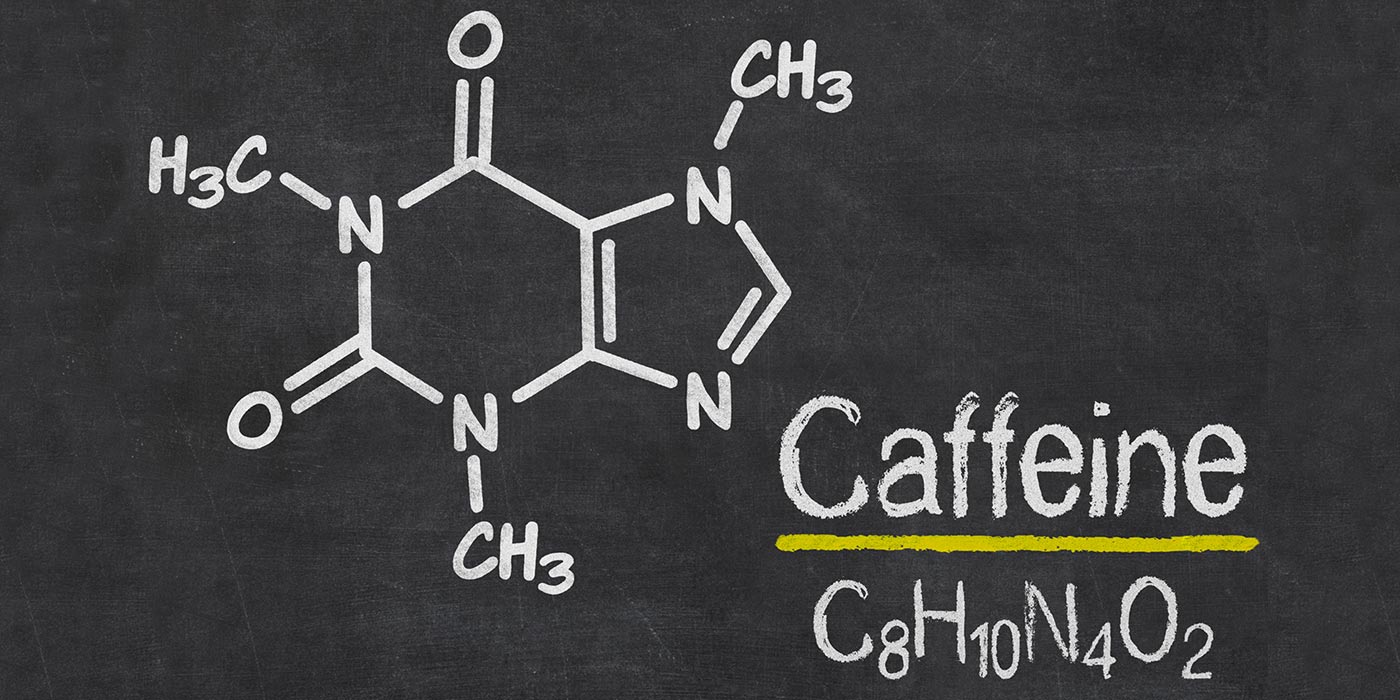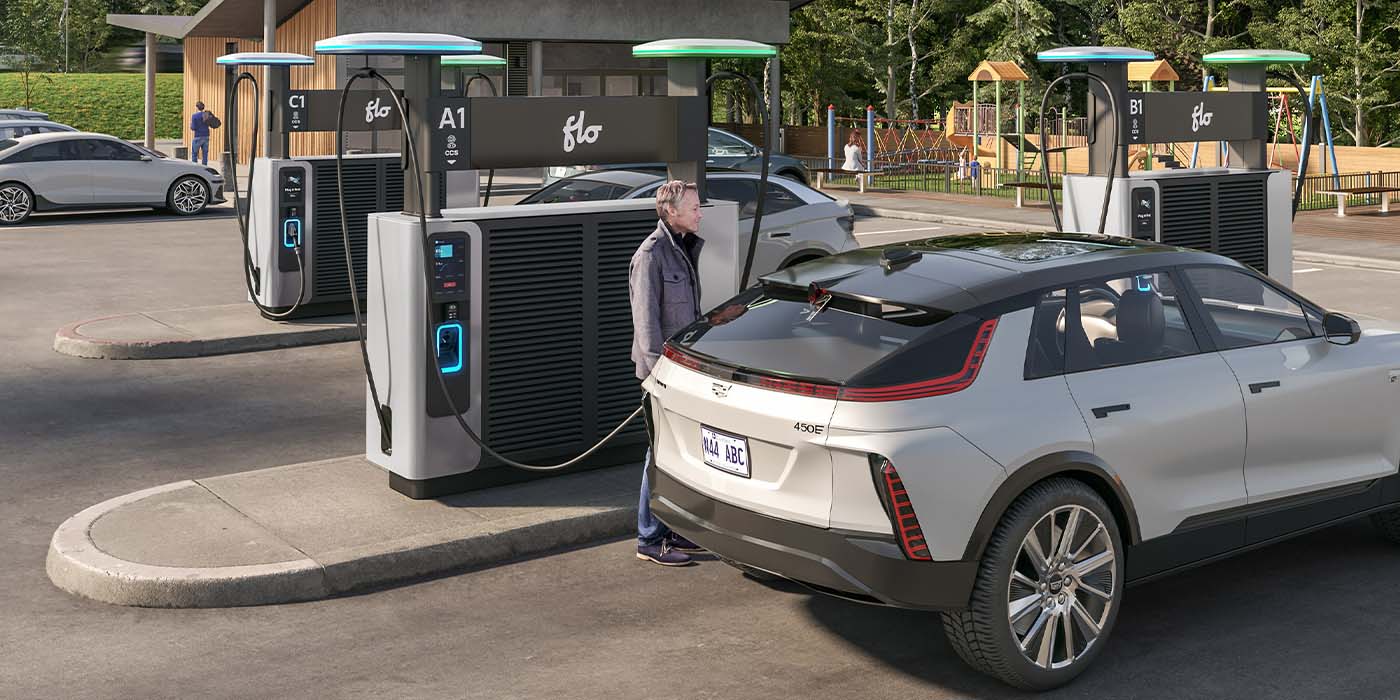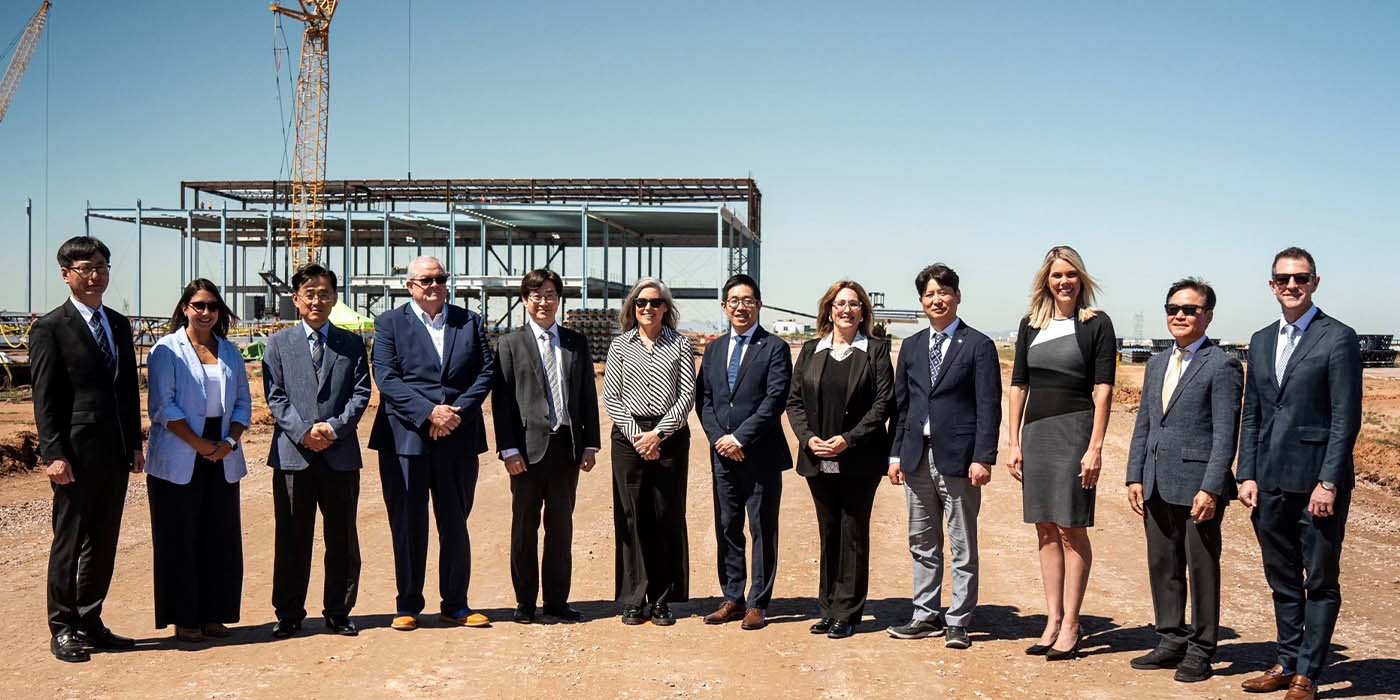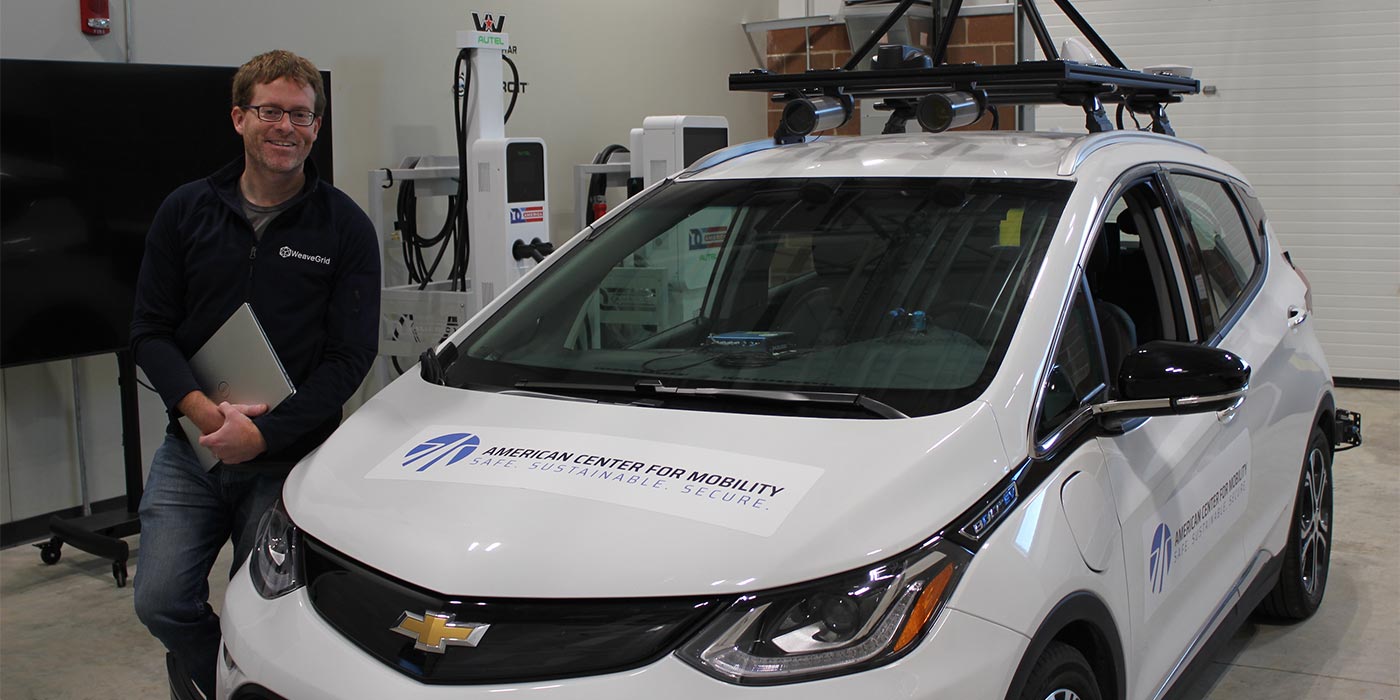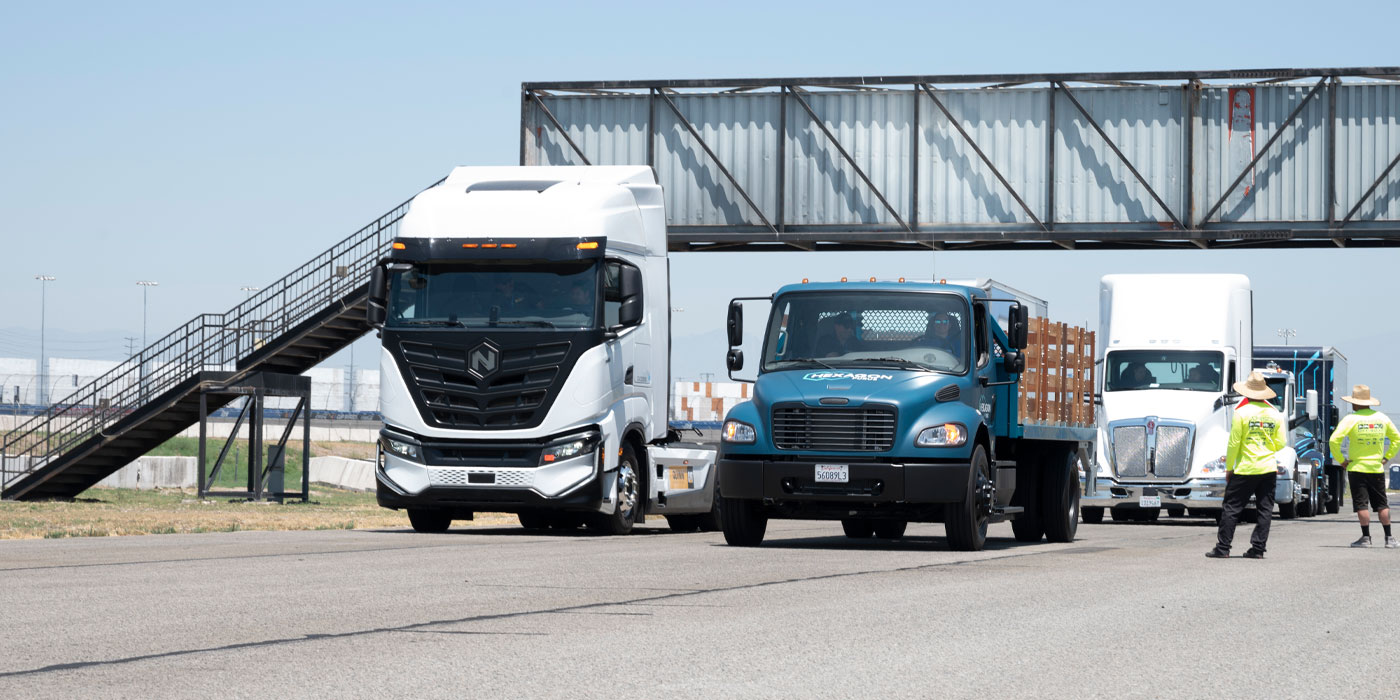International Institute for Applied Systems Analysis (IIASA) researchers have come up with a new energy storage concept that could turn tall buildings into batteries.
In their recent study published in the journal “Energy,” IIASA researchers propose a gravitational-based storage solution that uses elevators and empty apartments in tall buildings to store energy. This idea, which the authors call “Lift Energy Storage Technology” (LEST), stores energy by lifting wet sand containers or other high-density materials, which are transported remotely in and out of an elevator with autonomous trailer devices. Elevators are already installed in high-rise buildings, which means there is no need for additional investment or space occupancy, but rather using what is already there in a different way to create additional value for the power grid and the building owner.
According to the authors, the main challenge in making a gravity energy storage solution viable is the power capacity cost. The most important benefit of LEST is that the power capacity is already installed in elevators with regenerative braking systems. There are over 18 million elevators in operation globally, and many of these spend a significant amount of time sitting still. The idea is that when the elevator is not being used to transport people, it can be used to store or generate electricity, the researchers say.
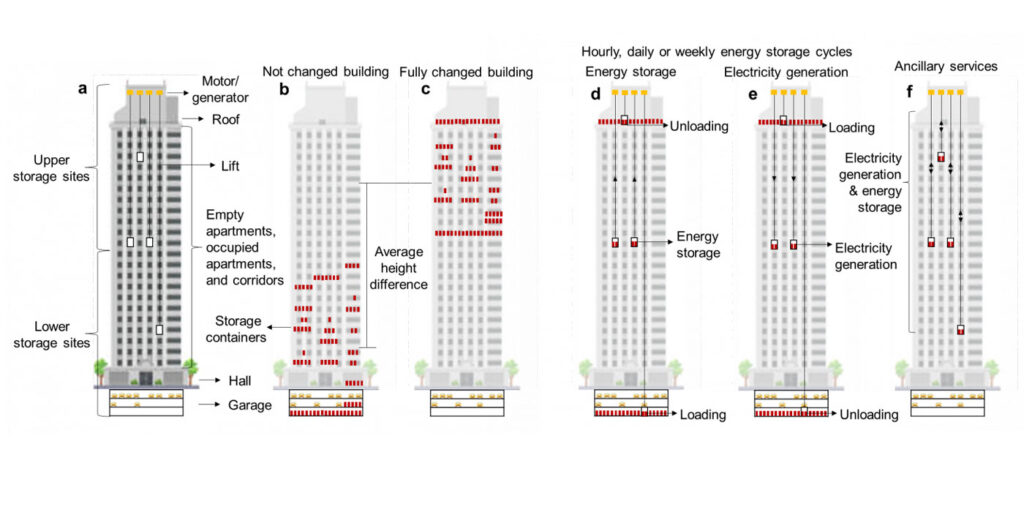
As with any new system, there are still a few details that need to be further refined before the system can be deployed. This includes finding room to store the weights the system relies on at the top of the building when the system is fully charged, and at the bottom of the building when the system is discharged. Empty apartments or corridors could be viable options in this regard. Another consideration is the ceiling bearing capacity of existing buildings where the system is installed, that is, the total mass that the ceiling can support without collapsing. Being able to store energy where electricity is mostly consumed, such as in cities, however, will greatly benefit the energy grid and LEST can provide affordable and decentralized ancillary services, which could, in turn, improve the power quality and overall strain on the grid in urban settings.


